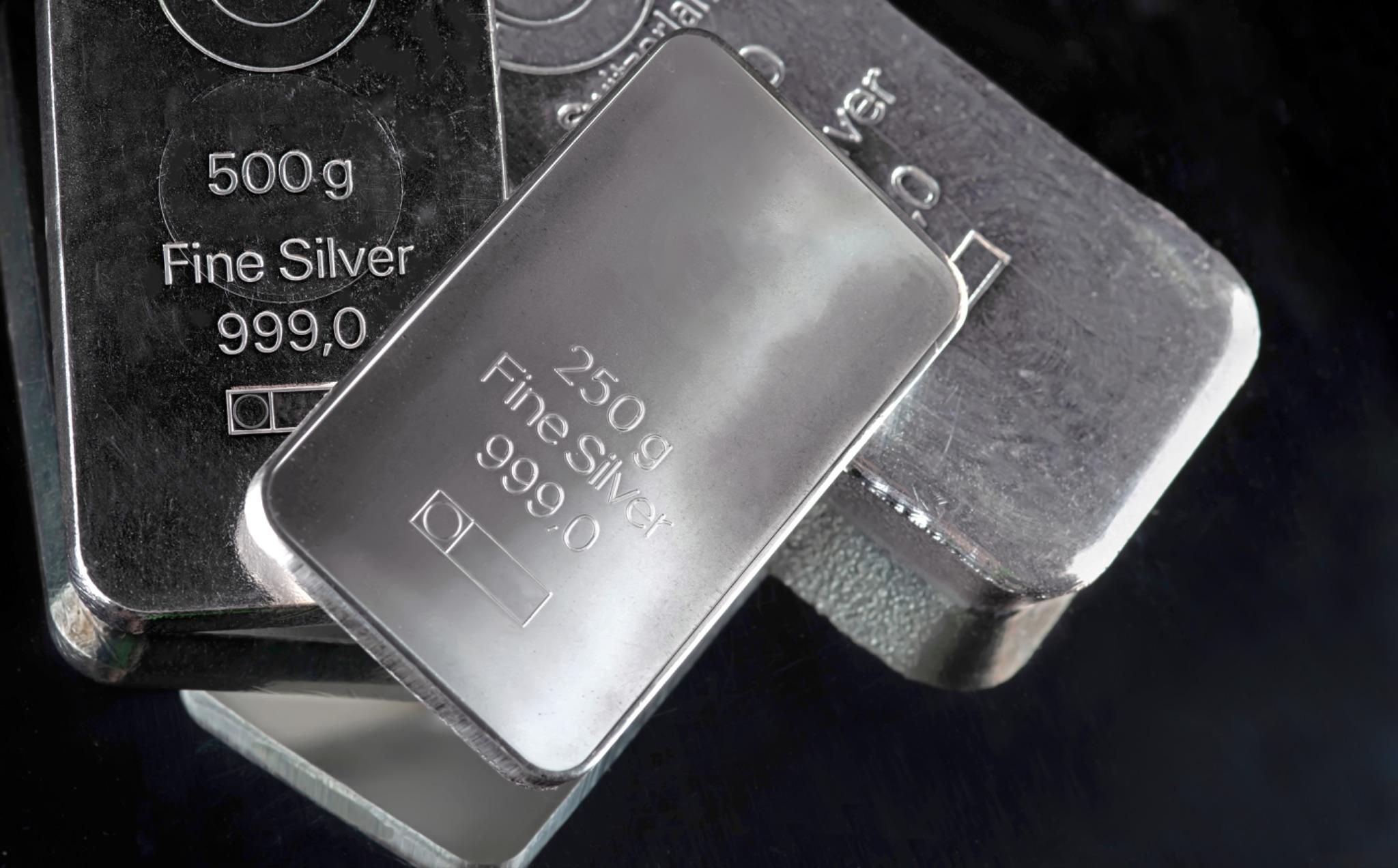A notable example of this resilience is the silver price surge in 2011. During this period, silver reached a 31-year high, rising over $1,800 per kg. This price increase was driven largely by the U.S. debt ceiling crisis. This event triggered significant economic uncertainty, leading investors to seek safe-haven assets like silver.
While many investors may understand the economic and investment role of silver, fewer are likely familiar with the intricate process that transforms raw silver ore into the investment-grade bullion they trade. That transformation, from mined ore to refined metal, is a crucial step that underscores silver’s lasting value and its essential role in both industry and investment portfolios.
Unveiling Silver's Origins: Where is it Found and How is it Mined?
Mexico, China, Chile, and Peru are at the heart of global silver mining, but significant supply also comes from Russia, Australia, and the United States. This geographic spread helps stabilise the market by reducing supply chain risks—an important factor for investors.
Understanding where silver is mined is just one part of the equation—market trends and supply factors also play a crucial role. A good starting point for investors looking to navigate the silver market is to keep an eye on silver price forecasts. These price forecasts offer investors a vital window into the potential future of the silver market, allowing them to fine-tune and time their investment strategy.
To fully understand these predictions, however, it’s essential to examine the underlying factors. For instance, looking ahead, mine production is expected to grow by around 2% in 2025, with increased output from Mexico, China, Canada, Chile, and the U.S. Meanwhile, recycled silver—especially from western silverware scrap—will account for about 5% of total supply, underscoring the industry's shift toward sustainability.
As investors become more mindful of ethical sourcing and sustainability in general, the role of recycled silver continues to gain importance.
Sustainable Silver Mining
Sustainability is a growing priority in silver mining, influencing both environmental impact and long-term investment value. Mexico's recent mining law reforms—reducing concession terms, tightening water regulations, requiring Indigenous community consultations, and introducing public bidding—highlight a global shift toward responsible resource extraction.
By ensuring responsible sourcing, these measures not only protect natural resources but also enhance silver’s status as both an ethical and strategic investment.
One of the companies leading the way in sustainability is Pan American Silver, which has made commitments to invest in local communities and strives to maintain a strong safety record with zero fatalities in 2023. Their efforts were recognised by S&P Global who placed Pan American Silver in the top 9% of companies in the metals and mining industry based on their ESG performance.
The Refining Process: Transforming Raw Ore into Precious Metal
Turning raw silver ore into pure bullion starts with crushing and grinding to break it down for refining. Smelting then uses high temperatures to separate silver from other metals and impurities. The final step, electrolytic refining, further purifies the silver to meet the high standards required for investment-grade bullion.
This refining process also explains why there is a significant price difference between silver and sterling silver. While sterling silver, often used in jewellery, contains 92.5% silver, investment-grade bullion demands a higher purity. Investors prioritise this purity for its intrinsic value and liquidity.

The London Bullion Market Association (LBMA) Standards
The London Bullion Market Association (LBMA) stands as the globally recognised authority, setting the definitive benchmark for quality and integrity within the precious metals industry. Its rigorous standards are not merely suggestions, but rather meticulously defined criteria that silver bullion must meet to be considered investment-grade.
Knowing that their investment has been vetted by the LBMA, investors can buy silver bullion in Singapore with the assurance and understanding they possess a product that meets universally accepted standards of excellence.
From Molten Metal to Market Product: Grading and Casting Silver
Grading silver is essential to assess its purity and quality. The millesimal fineness system, among others, is employed to classify silver, ensuring transparency and consistency in the market.
The casting process then transforms refined silver into various marketable forms, including ingots, bars, coins, and grain. This process involves melting the silver and moulding it into desired shapes. Grading directly impacts the resale value of silver bullion; higher purity and quality command a premium price.
The silver price per gram in Singapore often varies based on factors like purity and quality as well as the source of the metal and certifications. For investors, Indigo Precious Metals has a range of different options, from silver bars to minted silver coins, that all meet the stringent LBMA-certified standards, ensuring investors receive high-quality bullion.
Investing in Silver: From Ore to Secure Asset
The journey of silver from ore to ingot is a testament to the metal's enduring value and versatility. Each stage, from mining and refining to grading and casting, plays a vital role in ensuring the quality and purity of the final product. For investors, understanding this intricate process is crucial for making informed decisions.
Secure your wealth with high-purity, investment-grade silver from a reliable dealer like Indigo Precious Metals. Contact us today to explore your options and diversify your investment portfolio with a time-honoured asset.





